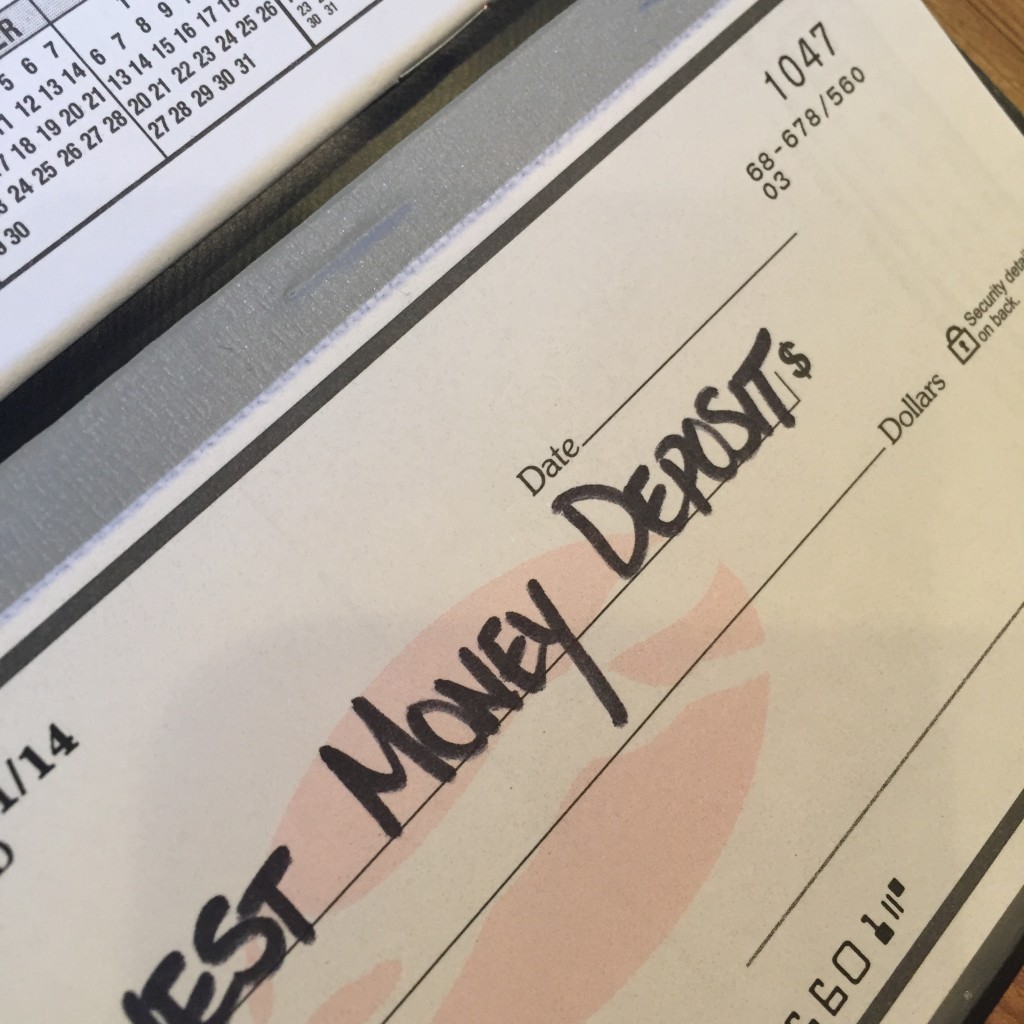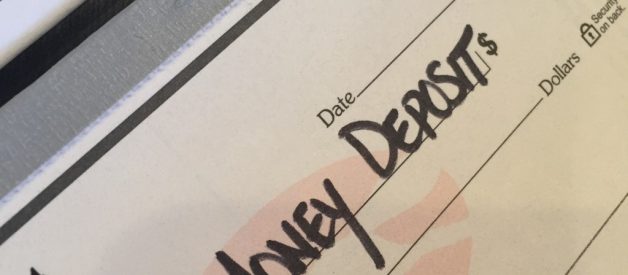
Sometimes, in life, we can tend to get carried away with our acronyms. NFL, NBA, SSN, ATM, VIN, and PIN are all things that I will find myself saying on a daily basis. So as real estate agents, it?s important that we don?t get to stuck on acronyms when explaining a real estate transaction to our clients.
Earlier today, I was talking to a potential buyer about the home buying process and mentioned that the EMD would be required by escrow within 72 hours of acceptance. Of course, I was met with a ?what is an ?EMD???
EMD stands for Earnest Money Deposit. And to break it down even further, the earnest money deposit is just a fancy name for the security deposit that the buyer puts down at the beginning of a real estate deal. In essence, the buyer puts sends the EMD to escrow once a deal has been made as a show of good faith that they wont pull out of the transaction.
It?s important to note that the buyer will generally have their contingencies in place to protect their EMD should they decide to cancel the escrow due to a poor inspection, the property under-appraising, or their not being able to secure financing.
EMD?s will usually range between 1% and 3% of the total purchase price of the home, and the EMD is negotiable upfront.
Another question that often comes into play is ?what is the difference between the EMD and the Down Payment?? The EMD is wired to escrow at the beginning of the escrow, and the down payment is wired just before the closing of the escrow. While these payments are sent separately, the EMD WILL be part of the down payment when the time comes for the buyer to send in their down payment. For example, if a buyer writes an offer on a $500,000 home and is putting 10% down with a 1% EMD, they would be wiring $5,000 at the beginning of the escrow (EMD) and then would only have to wire $45,000 when their down payment is due (because they?ve already sent in the $5,000).
This question was originally asked on episode 3 of my Ask A Realtor web series, as seen below:


